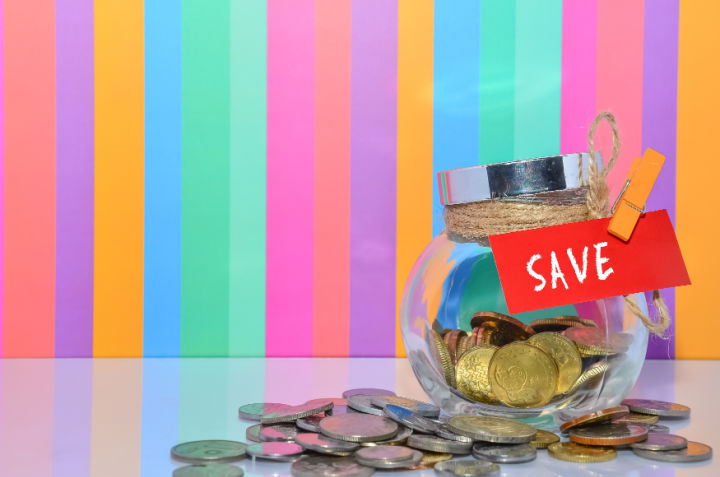
We all know that saving money is essential, but statistics tell us that most Americans don’t do it on a consistent basis. In fact, just prior to the economic collapse of 2008, personal savings rates were at all-time lows in the United States. Much of this was fueled by the property market bubble, which led people to believe that their homes could never depreciate.
Therefore, the ever-increasing value of their home equity each year, dis-incentivized people from saving money. Why save money every month, when home equity is building so strongly every year?
However, in hindsight we now know that property values do not necessarily rise every year. In fact, we now know just how quickly home equity can disappear.
In certain parts of the United States such as Nevada, Florida, and California, property values fell by as much as 50%! This rapid decline in property values across the nation helped people realize that saving money is essential.
Government statistics have told us for years that most people have less than one month of living expenses saved up, and many people live virtually paycheck-to-paycheck. In this article, we are going to discuss how to practically embark on the journey of saving money on a consistent basis, and, in particular, we are going to discuss how to build an initial $1,000 emergency fund.
Why Is It Important?
How do you finance unexpected personal expenses, such as car repairs, medical visits, home maintenance repairs, etc? Most people finance these expenses with a credit card. However, this is a bad habit. The most effective way to finance these expenses is through a personal emergency fund. Most personal finance experts agree that an emergency savings fund of $1,000 is essential.
This savings account is then used to finance all of these unexpected expenses. If you use a credit card to do this, then you are remaining dependent on someone other than yourself, and this is a step away from financial independence. However, if you can finance your own unexpected financial expenses, you are now depending on yourself, which means you are independent! Although it may seem like a small step, this is actually a very important step to becoming financially independent.
How To Do It
There is not easy way to begin saving money. The reality is that saving is not typically nearly as fun as spending it! However, one way to practically build this savings account is to track all of your monthly expenditures for one month.
Write them all down in a notebook and keep all receipts. Then, at the end of the month, sit down at your desk or kitchen table and honestly analyze your spending habits.

Break all of your expenditures into 2 broad columns:
1. Essential
Essential expenses would be things that you have virtually no choice concerning such as rent, mortgage, electrical bill, student loan, credit card bill, etc.
2. Non-Essential
Non-essential would be things that you choose to spend your money on such as cable, internet, clothes, beer, lottery tickets, more clothes or risky speculation activities such as forex trading. Now, take an honest look at your non-essential expenses and decide what you want to cut out. If you can eliminate even just $100 of these expenses each month, you can then direct that extra cash flow each month into your personal emergency savings account, and you can have your $1,000 saved up in just 10 months.
While that may not seem like a big deal, it is. Set up a strict budget to adhere to, because you can also channel unnecessary costs like fast food into your emergency savings account. Not only does it begin to form the habit of saving and conscious spending, but it puts you firm on the path toward financial independence.
This guest post was written by Monique of One Income Dollar.
